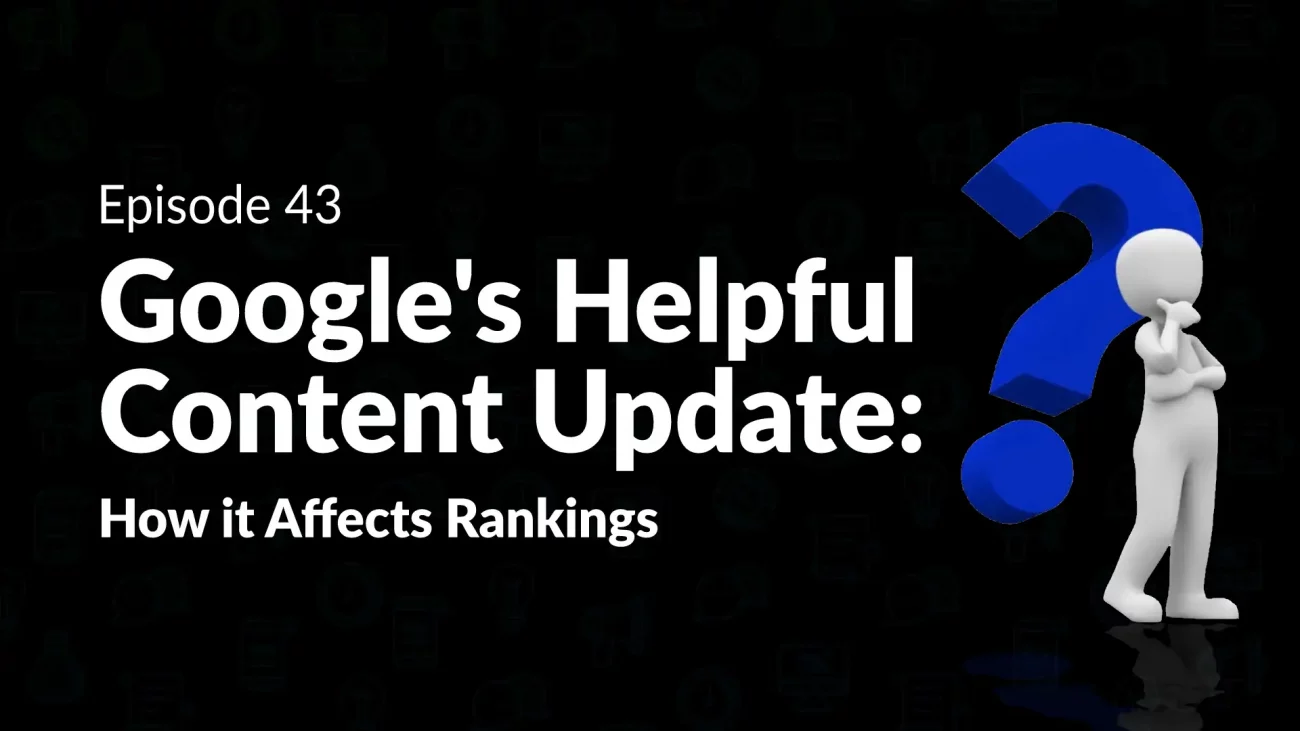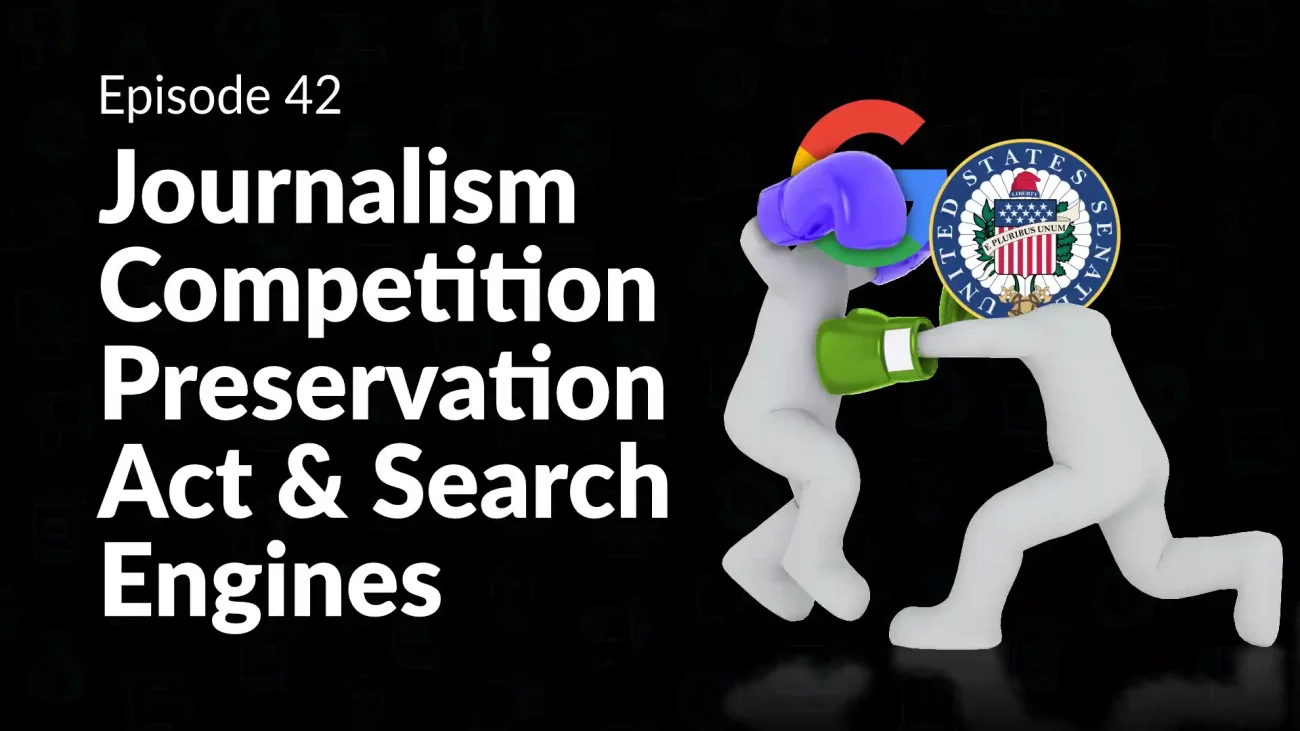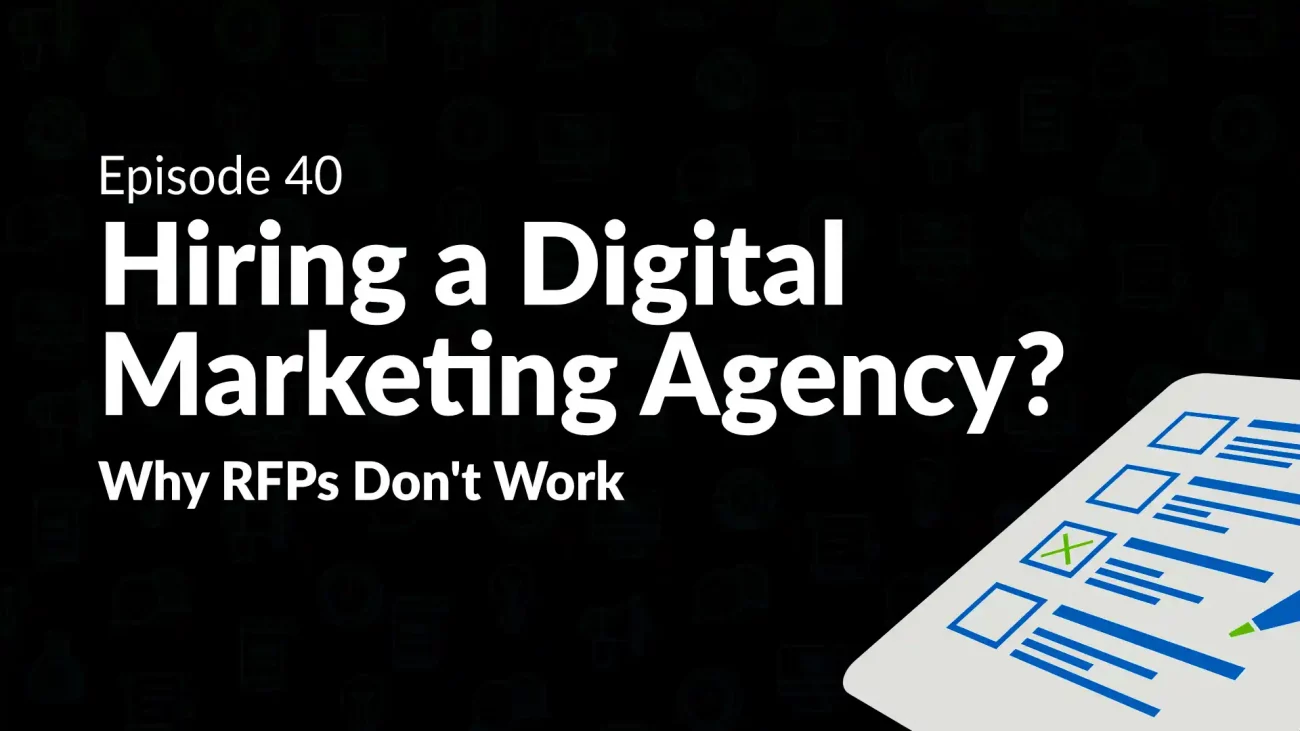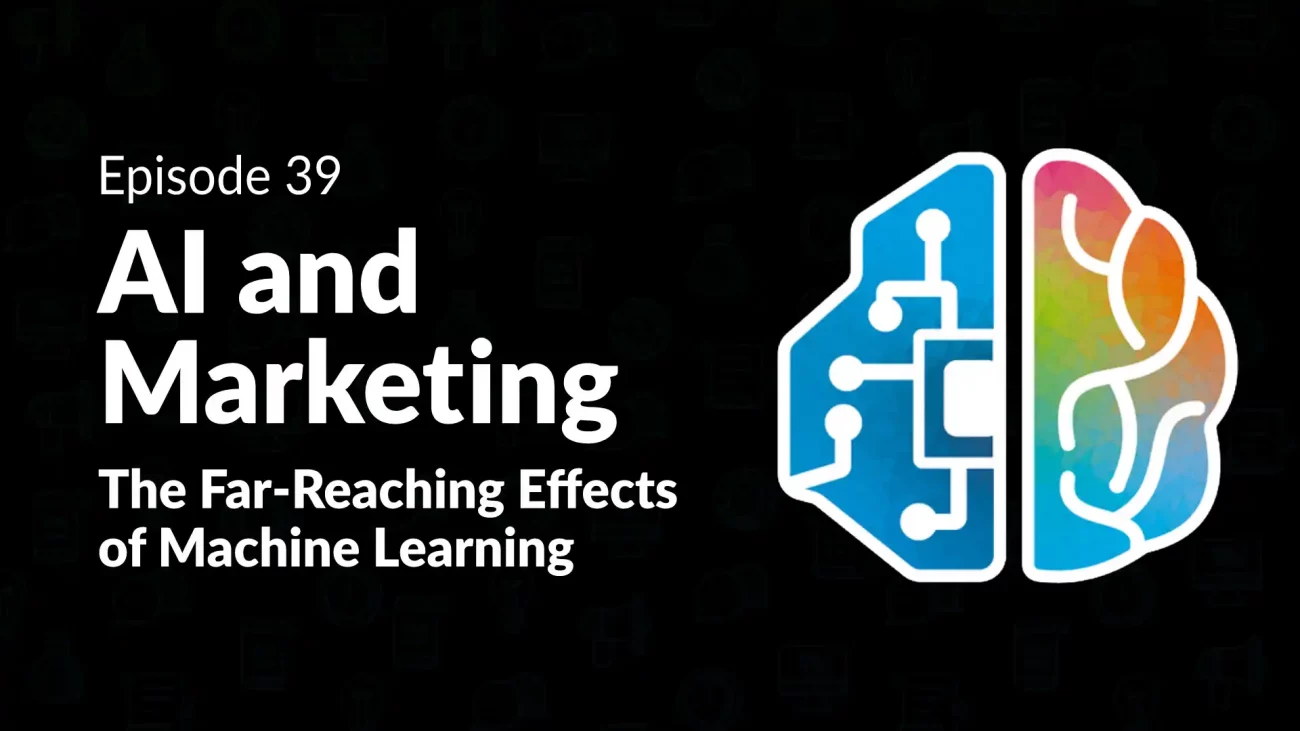Episode 37: Why the Netflix-Microsoft Deal Spells Competition for Google
Google is indisputably one of the best options for online advertising. With billions of monthly searches, it is an invaluable tool in our arsenal to help clients reach their potential customers. The amount of marketing data they currently have (and continue to collect) allows for fantastic targeting. While search ads work well for most, they’re not the correct choice for every scenario. Despite how well Google works for advertisers, for many years we’ve wished competition would emerge.
Our wish may have just been granted. While many new ads platforms have surfaced in recent years, Microsoft stands out as one of Google’s most fearsome competitors. In Q1 of 2022, Microsoft acquired Xandr, a move that is beginning to bear fruit. Xandr is a digital advertising platform developed by AT&T for the sole purpose of ad placements in streaming media. Netflix recently partnered with Microsoft over Google and Comcast to deliver ads on their platform. They have recently had a declining customer base, and a free account tier funded by Microsoft ads may be the life raft they need. Microsoft isn’t the only company gunning for Google. With new platforms available, it is important to consider first-party vs third-party data, potential issues with attribution, and how your business plans to adapt to deliver new ad formats such as video.
In this week’s Digital Marketing Mondays, Hans and Devin discuss why Microsoft partnering with Netflix is a big deal and what you need to consider when exploring competitors of Google Ads.
Transcription:
Devin: You’re listening to Digital Marketing Mondays. Each week we bring you new and exciting content from around the marketing industry and help give you, the marketer, insights into what’s happening. We’ll offer our advice and share some takeaways to help you develop better strategies for your marketing. Ideally, this will also help you improve your ROI as well. So with that, let’s tune into this week’s episode.
Hans: All right. So here we go. So Devin, for years, we’ve been hoping and wishing that there would be some competition for Google. Not to put Google down, Google’s a fantastic advertising platform and so our clients, most of them, use some version of Google and certainly Search is a big deal. But Search doesn’t solve the problem for everybody, a lot of it is targeting people based on their behavior, their interests and other stuff. Which Google also does through their Display network. But there are other avenues that are coming up and available to people.
I thought we could talk a little bit about one avenue that seems to be emerging. Used to be that you could target ads on TV based on the shows people watched and things like that, but TV’s become so much more fragmented now that you have all these different streaming platforms. I mean, what’s TV? It’s not the three big networks anymore that I grew up with when I was a kid. I’m dating myself here. But so how do you leverage this? What are the things we’re seeing on the horizon right now that are going to allow us to put ads in front of people when they’re susceptible to advertising, using the great entertainment platform that they have sitting in their living room?
Devin: Yeah. This is a super interesting space because if you recall, way back in the day, Blockbuster was on its way out and there was this cool shiny company called Netflix that went to the Blockbuster’s board and said, hey, why don’t you move all of your inventory online and create this streaming service? And Blockbuster’s board famously said no, which was ultimately, I think a lot of speculation that it was effectively that decision caved that company, and Netflix has gone on to become a monster and be one of the biggest streaming platforms in the world. Now, they’ve had some declines recently because it’s now a highly fragmented market. It seems like every year there’s a new ad platform showing up. Like I didn’t even really realize [inaudible 00:02:24] Discovery Plus just showed up like out of the blue, which maybe I just haven’t seen it, but that came out of nowhere. Peacock network, NBC plus-
Hans: [inaudible 00:02:34]-
Devin: CNN plus that died immediately upon entry. So you’ve got just all these people trying to get in the game. And the good news about all that is it creates more inventory, more places for people, especially digital marketers, to be able to go out and target folks by. And certainly what’s been the most interesting is when you get data-based… data companies and DSPs like The Trade Desk that are getting involved in this type of realm, it creates not just better inventory for folks, but it also creates better targeting. And what’s really fascinating now, the latest word on the street is that Netflix has decided to make Microsoft the partner for supporting an ad-supported Netflix tier, which will be really fascinating to watch.
I was a little surprised about them, Netflix, choosing Microsoft, but what’s particularly interesting is that if you recall Hans earlier in the year, Microsoft had acquired Xandr, which was an ad-data-supported connected TV network as well. Now, it wasn’t self serve and it didn’t quite have as many bells and whistles, but I think for Microsoft, it was an asset-based purchase. So they were getting all this data and all these capabilities that they can now integrate in with Microsoft. Adding in Netflix into the mix just really plays well together. It’s going to create some really interesting opportunities, especially because as of right now in Microsoft ads, you can use some very high level targeting from LinkedIn-based data, which is one of the only ad platforms you can currently do that on outside of the LinkedIn ads network.
I see a big future with connected TV becoming far more prevalent in terms of the media mix, as companies are looking to reach people across different mediums. I think for the longest time video has always been a struggle with folks because outside of YouTube, you didn’t really have video. You couldn’t really put it anywhere else unless you had a big enough budget to promote it on traditional TV, which, that’s a big media buy, that’s a big ask. You’ve got to have far more creative content and things of that nature. So now it’s, the available inventory is creating more opportunity to be able to get out there and start targeting folks in kind of unique and creative ways.
Hans: Yeah. So yeah, we should say that the whole Netflix/Microsoft… that’s been announced, so that’s official, but it’s not running yet. Right? It’s not a place where you can put money and show ads right now. But if you look at the data that Microsoft already has and certainly the data that Netflix has about their people and their interests, if you merge that data together and then use an entertainment platform… And Netflix basically is doing this because they want to basically provide a free tier that’s ad supported, right? Their traditional tier, lowest tier, which is what, 13 bucks or something a month that you pay and you watch ad-free streaming. Well, some people don’t want to pay 13 bucks a month. They’d rather see a couple ads in between there and pay nothing, this is how they do it.
And then it’s okay, what ads do they run? I’m guessing it’s going to be run through the Bing ads platform is my guess, but they can pull data that Netflix already has about its viewers and their interests as well as their own. It sounds like a pretty formidable competitor to Google, not so much on the Search side but certainly on the Display network side, which uses demographics and behavior and past interests and things like that to trigger ads. And I think it’s going to be a very powerful combination and it’ll be very interesting to see when that rolls out probably over the next few months anyway.
Devin: Yeah, I agree. And I think this is probably a good, quick call out for folks as well in that more and more ad networks are going to continue to pop up and become self-serve and easier to work with. I think there’s a couple things to be considering there as a digital marketer is, one, what’s the quality of your data that you’re working with? Where is this data being sourced from? And if you hear the word third-party cookie at all within some type of promotion for that ad supported network, just run because it’s not going to be around forever. As we know the third-party cookies that are going away eventually.
Hans: Yep, yep. They’re cracking down on that.
Devin: Yeah. But with all this extra available inventory that’s not based on Google, attribution and measurement continues to be another high priority and something that folks need to be cognizant of. But the third thing I think, and most importantly is actually the strategy around what you do with these platforms and with all the platforms that are available, the new mediums and new formats, making sure that your messaging and your targeting are on point and getting in front of that right person, that’s going to be mission critical for any form of testing, whether it’s connected TV ads or display or whatever you’re doing. But those are three critical things to be considering, especially as connected TV is now starting to roll out.
Hans: One other thing I think, if you’ve been doing image ads, banners, and text ads all your life and you haven’t really dipped your toe into creating video content ads, now’s the time to get up to speed on that. Obviously when you’re showing an ad on a connected TV it’s got to be video. It’s not going to be static image, just doesn’t play right. If you haven’t got your resources together to start producing some short-form video to make people aware of your solution that you’re offering or whatever it is, then you better start coming up to speed and getting yourself educated on that pretty quickly because you’re going to need that in order to place ads on these platforms.
Devin: Absolutely.
Hans: Okay. Well thanks, Devin. Always a pleasure. It’s exciting news. We’re keeping our fingers crossed and we’ll see how it shakes out. But we’ll stay on the forefront, and obviously as things develop we’ll provide some more information for our viewers.
Devin: Sounds good. Thanks Hans.
Hans: All right. See you.
Devin: Thank you so much for tuning in. We really appreciate you taking the time out of your busy day to engage with our content. Whether you’re watching on YouTube or subscribed on our podcast apps, we appreciate you taking the time. Make sure to leave a comment down below and let us know any feedback that you have for us. We’re always watching the comments and engaging in any way that we can. So if you find this content useful, also make sure to subscribe or give it a big thumbs up. We appreciate it. Thanks so much.









